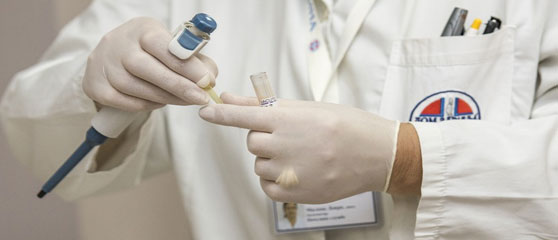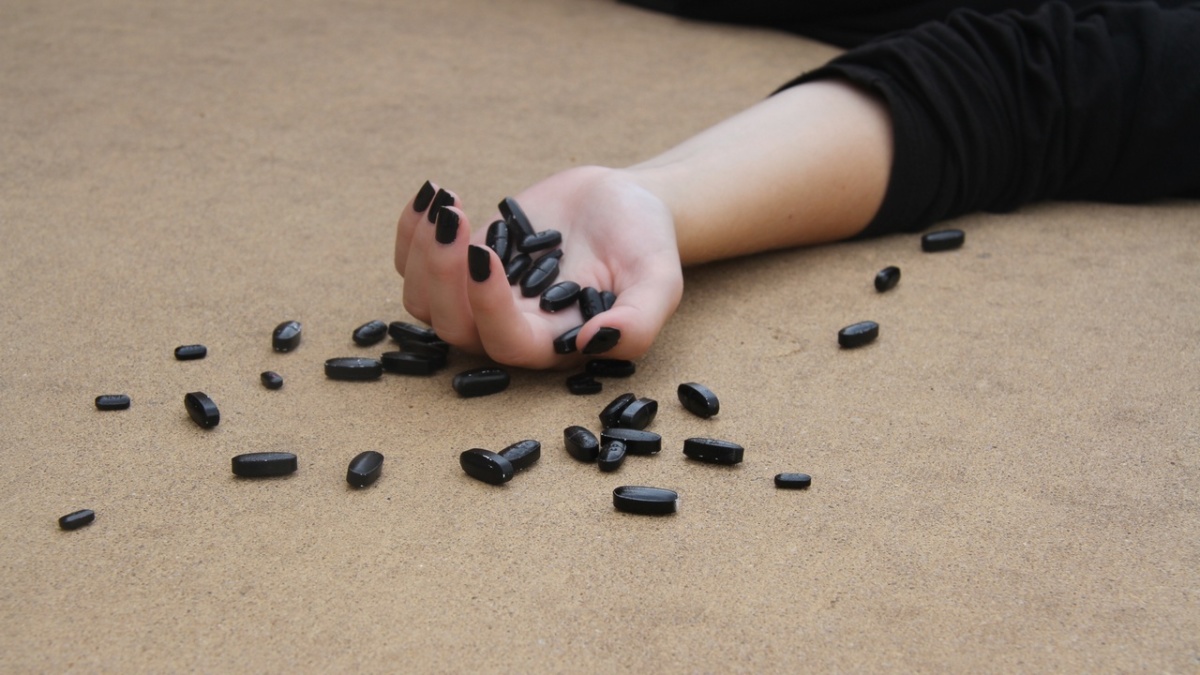The US government has increased the number of patients that doctors can treat with buprenorphine. This is a step in the right direction for treating opioid dependence and withdrawal, but it remains insufficient in the face of a skyrocketing overdose rate.
Last week, the Obama administration increased the maximum number of patients to whom doctors may prescribe buprenorphine, raising the cap from 100 to 275. As a partial opioid antagonist, buprenorphine is used to treat addiction by preventing withdrawal symptoms while producing morphine-like effects.
As US drug deaths are increasing, this raised cap is long overdue; over 29,000 people died from opioid-related overdose deaths in 2014 – reflecting a 14 per cent increase from the previous year. Heroin-related overdose deaths increased by 39 per cent between 2012 and 2013. This rapid growth has led to the number of opioid-related poisoning deaths overtaking the number of people killed in car accidents.
Treatment with buprenorphine lowers overdose-related mortality rates, the price of treatment, and the risk of blood borne diseases. From August, an estimated 10,000 to 70,000 new patients will have access to buprenorphine, making the total number of US patients taking the medicine around 700,000. Alternative substitution treatments also exist; in 2012, over 311,000 people received methadone as part of their treatment. Though commendable, provisions of opioid substitution treatments remain inadequate; there are an estimated 2.6 million people with "substance use disorders" related to heroin or opioid pain relievers in the US.
Even with the increased cap, there is still a lack of doctors willing to provide buprenorphine. Lea Winerman of the American Psychology Association attributed this to a “science-practice gap in drug treatment” caused by “a long history of treating drug addiction as a moral failing rather than a disease; a health insurance industry that rarely covers substance abuse treatment; and a fragmented state-by-state licensing system that doesn't always require addiction counsellors to have adequate training”.
The US’ history of using its criminal justice system to solve a public health problem has proven to be ineffective. According to Count the Costs, it is also “socially corrosive”, while promoting “stigmatisation and discrimination”. The American Dream mentality, which implies that hard work and willpower are the means of self-improvement, suggests that dependent users are weak-willed and need to be coerced.
There is no single reason why people who use drugs should be denied the support that buprenorphine, and other forms of modern medicine, can offer them. However, the American self-help culture that stigmatises drug addiction, the fear of replacing one addiction with another, and the possible abuse of the substitute substance, are contributing to the lack of progress.
Earlier this week, the Senate passed the Comprehensive Addiction and Recovery Act (CARA), which would allow nurse practitioners and physician assistants to prescribe buprenorphine. CARA is awaiting presidential ratification, and if passed, it would go further to alleviate the US’ increasingly devastating opioid crisis. Until then, it is worth applauding the new buprenorphine cap as a step in the right direction, while continuing to push for further progressive reform.


